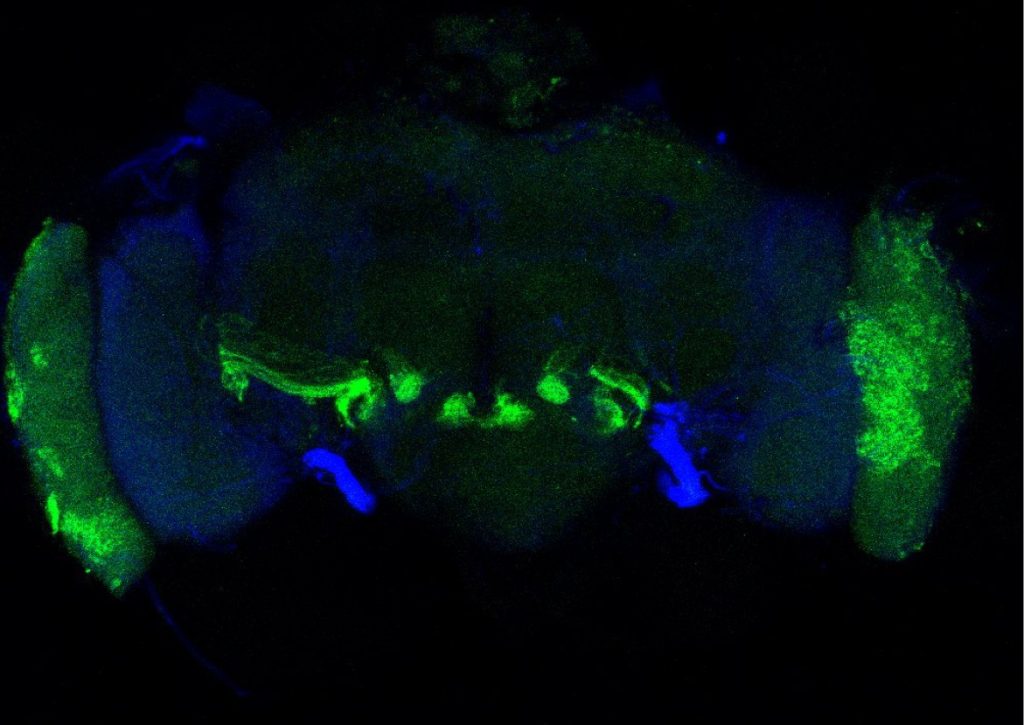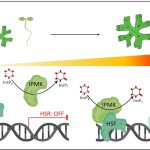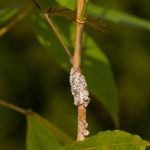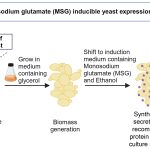
Each organism has some genes that are unique to it, not found in others. But some essential genes that regulate lifespan tend to be conserved across species, and code for similar proteins. Such proteins having a common evolutionary origin are known as homologs.
A group of researchers led by Sandhya S Visweswariah at the Department of Developmental Biology and Genetics, IISc, has characterised one such lifespan-regulating protein and demonstrated its role in multiple pathways. They tried to understand the function of the enzyme called Metallophosphoesterase (MPPED) in the fruit fly, Drosophila. MPPEDs are highly conserved across animals, and the sequence similarity between fly and mammalian MPPEDs is around 50%.
The human counterpart, MPPED2, is predominantly expressed in the foetal brain, but its specific role in the neurons has remained unclear. The gene coding for it is found in a specific part of Chromosome 11. Deletion of this region can lead to a condition called WAGR syndrome (Wilms’ tumour, Aniridia, Genitourinary anomalies, mental Retardation).
In the study, the researchers mapped the expression of dMpped, the fruit fly analog, in specific neurons in the brain which are involved in olfaction, thermo-sensation, and hygro-sensation. The group generated knockout flies lacking dMpped and found enhanced mortality compared to control flies. Interestingly, restoration of dMpped expression in the neurons alone was sufficient to restore the normal lifespan of the flies.
The researchers also found several mis-regulated genes in the knockout flies across various tissues. The genes which were overexpressed included those responsible for inflammation — enhanced inflammation is known to be a hallmark of faster ageing and shorter lifespan. Another set of upregulated genes were olfactory binding proteins. While the response to odours was similar for control and knockout flies at higher concentrations, knockout flies could not detect faint odours. These flies were also found to be more sensitive to a lack of moisture.
Going one step further, the researchers also studied the expression of MPPEDs in neurons of the mouse cortex and observed similar effects. Such studies underscore how the fruit fly can be used as a robust model to understand diverse regulatory pathways in mammalian tissues.






